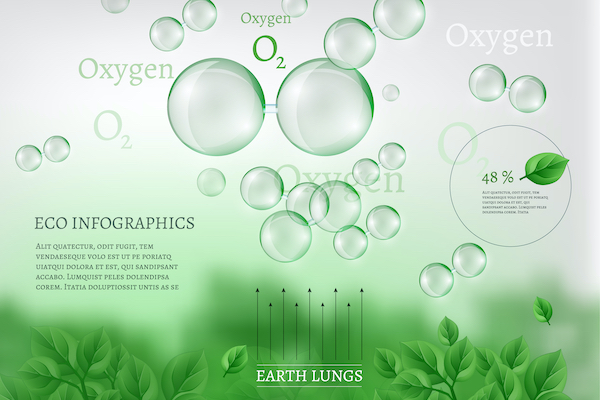
There are two basic mechanisms for generating credits: Voluntary reduction of carbon emissions by individual entities, and “carbon sequestration compensation” of the so-called non-avoidable emissions. Voluntary reduction involves a company using less carbon intense production methods, or a demonstrated lowering of emissions. Sequestration involves resources that hold carbon out of the atmosphere, such as forests or agriculture. The objective of each method is to save one metric ton of carbon or greenhouse gas equivalent to equal one credit. These can then be sold or traded through various exchanges like the stock market or to consumers by direct sales.